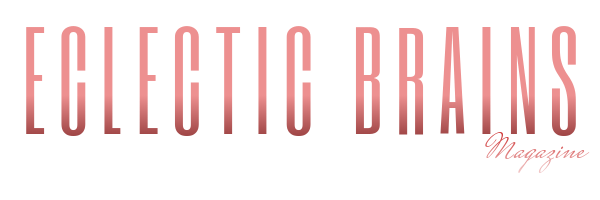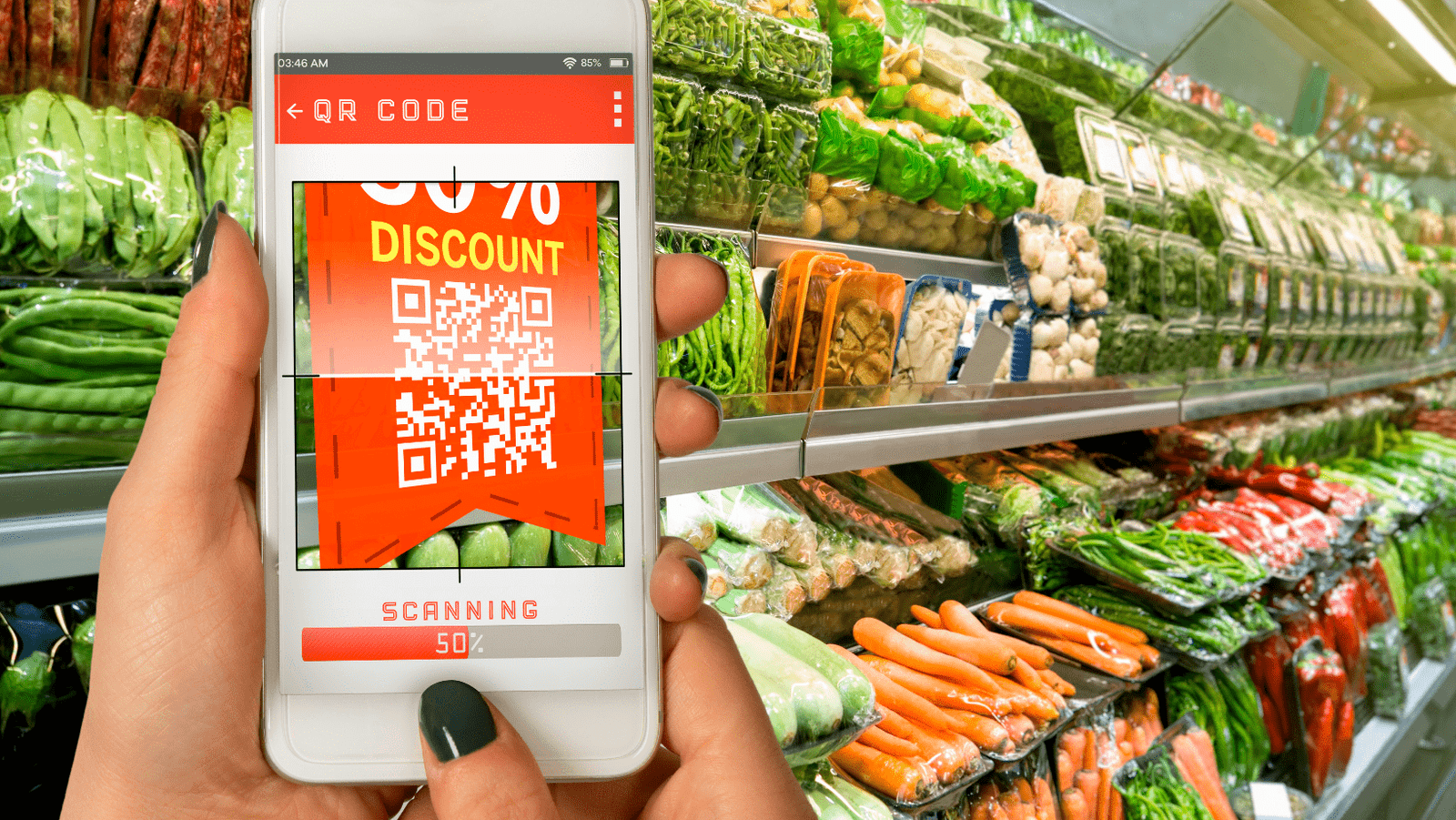Tesco is a grocery store based out of the UK that established its presence in South Korea under the name of ‘Homeplus’ in 1995.
Problem
- Tesco is struggling to remain competitive in the UK at that time. So, they’re looking to Asia as a potential revenue area, accounting for 30% of their total profit.
- Tesco is a foreign company that is adjusting to the South Korean market, and vice versa for its people as well.
- The competition in South Korean retail markets is a challenge in itself for Tesco because of the established mega-retailers with physical stores & higher market share such as E-mart, The leading number one retailer in South Korea. The potential conflicts with the government will likely limit the number of foreign companies allowed to open stores in South Korea.
Solution
Without increasing their number of physical stores, they reached a mass number of people with ‘QR Code’ Technology. Based on research that showed many Koreans do their shopping close to home for convenience, Tesco strategically implemented virtual stores to reach these shoppers. They created a virtual experience with 2D images in subways and metro stations which looks the same as a store with a QR Code to shop with their mobile phones accessible to millions of people. They simply scan QR codes & the product is automatically added to the online cart with the earliest home delivery.

Summary
South Korean ‘Tesco’ developed a competitive advantage with a simple digital innovation without having to set up physical stores, helping people to minimize waiting time with a better shopping experience & relaxed weekends with home deliverers from Tesco. The brand had increased online sales by 130% with this ‘QR Code Campaign‘ & 76% increase in registered users. The strategies used are worth noting: They changed ‘TESCO‘ to ‘Homeplus‘ in South Korea for a changed perception with local people, (that TESCO was not doing well in the UK then & a foreign company). They used ‘QR Codes‘ in replacement of physical stores which is unconventional marketing strategy for groceries back then, Since Tesco is backed by Samsung, they had an advantage of technology with the merger, which undoubtedly helped with sales.

Download full case study PDF Here
What are QR Codes ?
A QR code is a type of barcode that can be scanned with a smartphone. Originally, this technology was developed in Japan in 1994. When the QR code is scanned with a smartphone, the user instantly receives the data stored in the QR code.
QR codes also known as ‘Quick Response’ codes because of delivering instant information & are mostly used for marketing products, services and creating brand awareness. Try it yourself with the following QR code : (created from ECLECTICARDS)

– Nidhi Mehta









